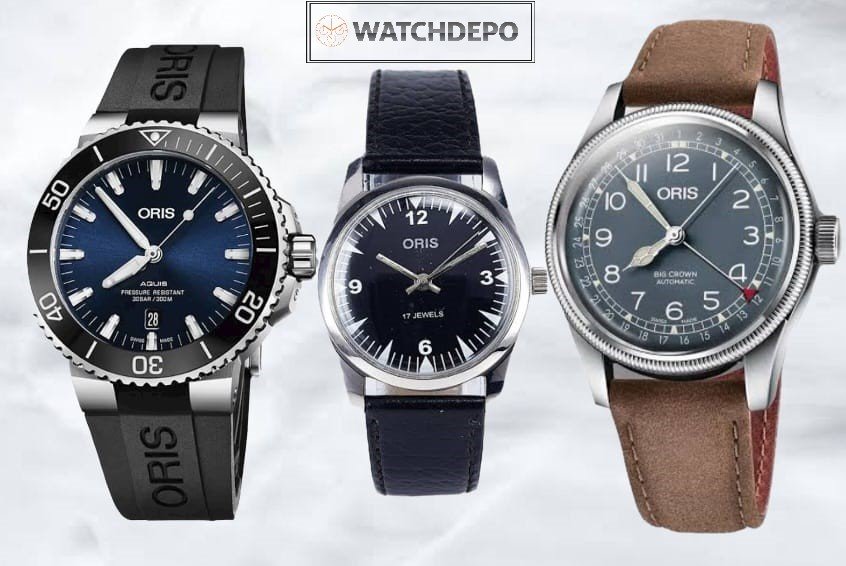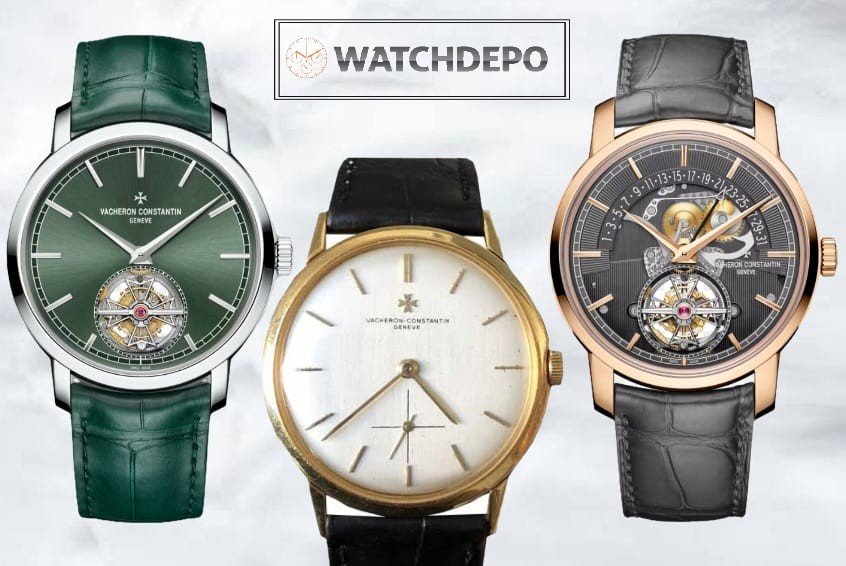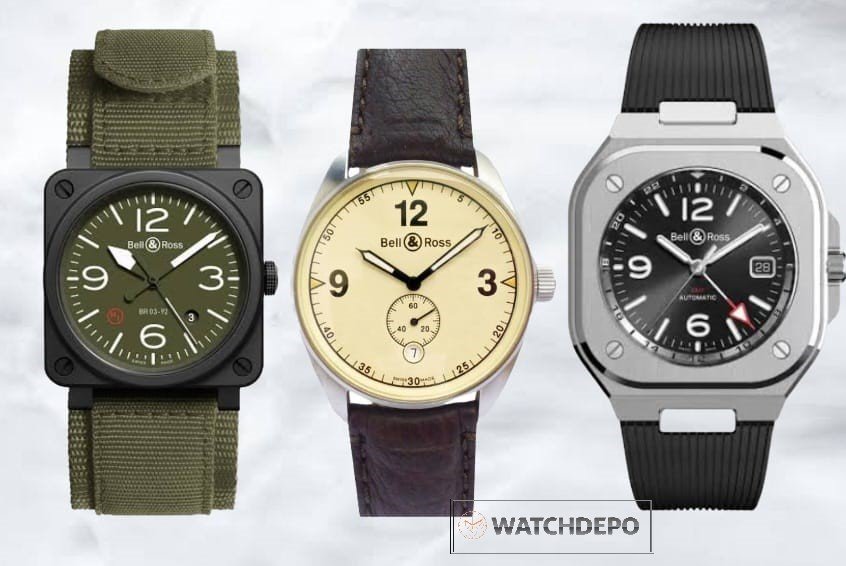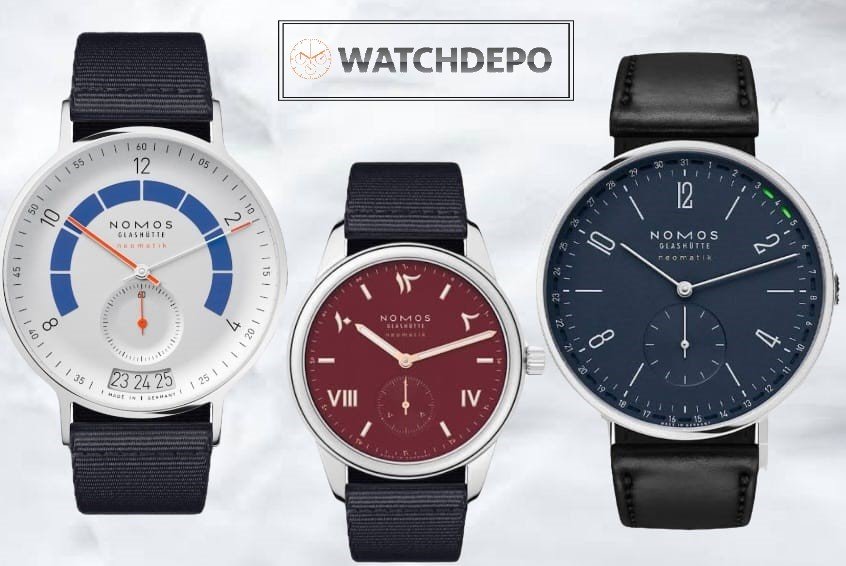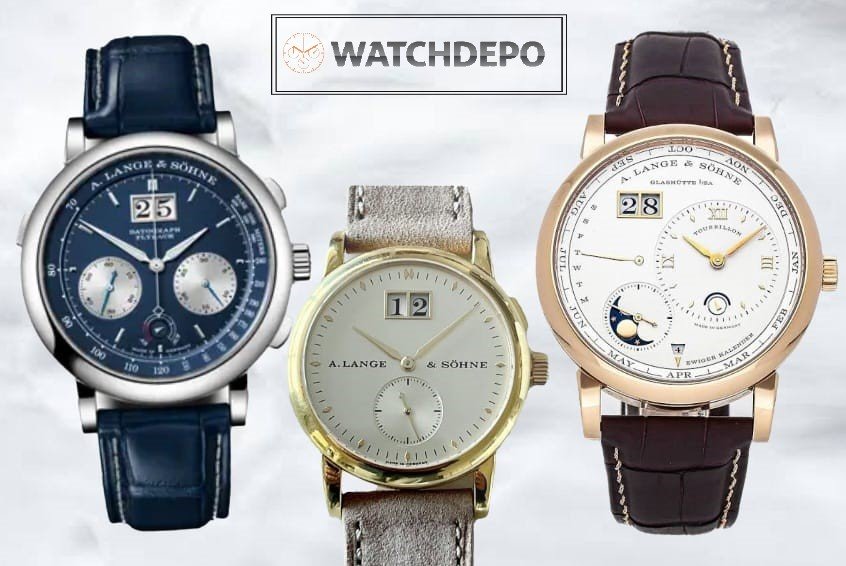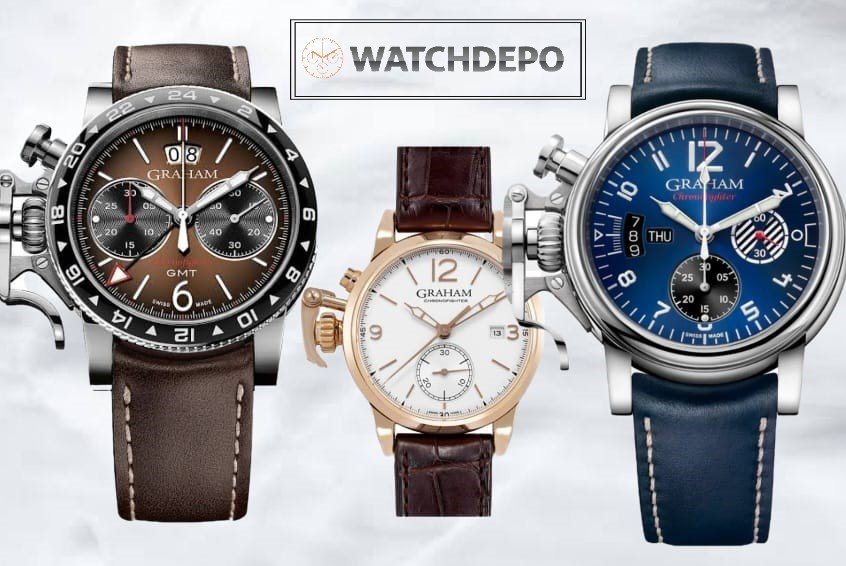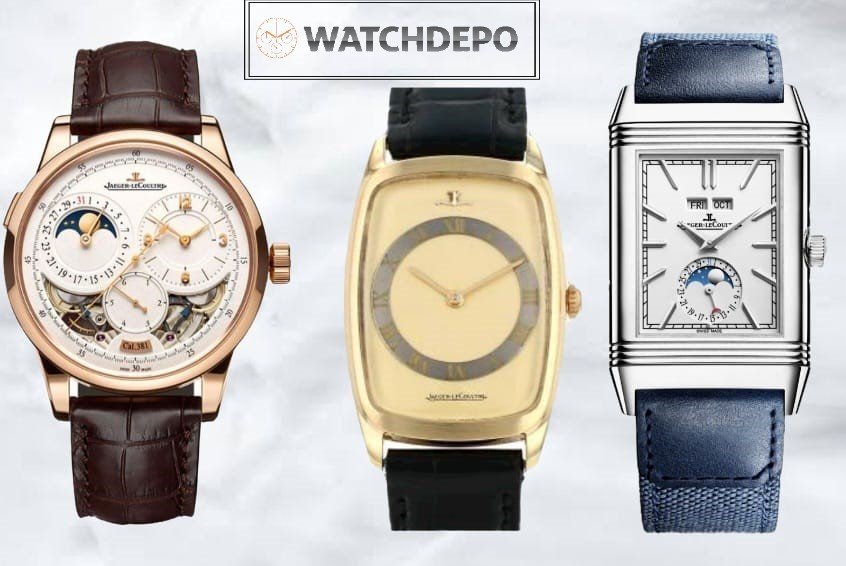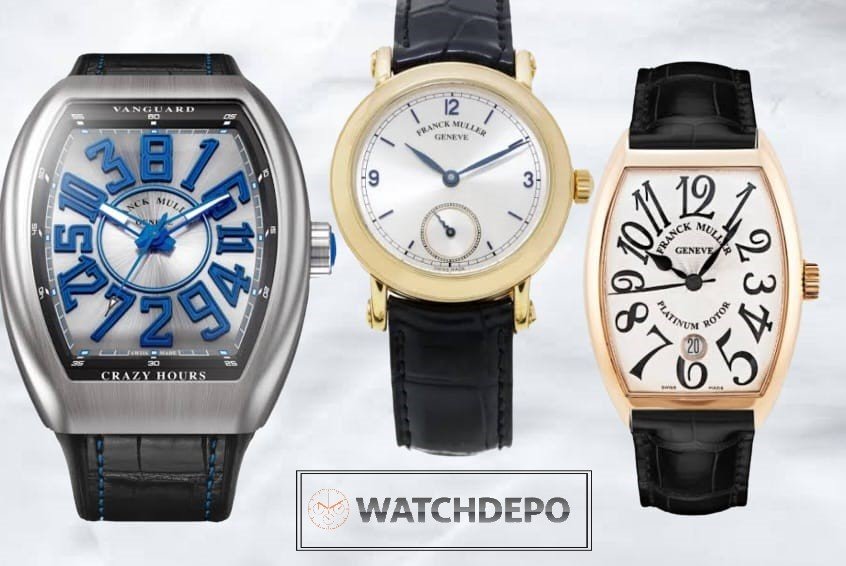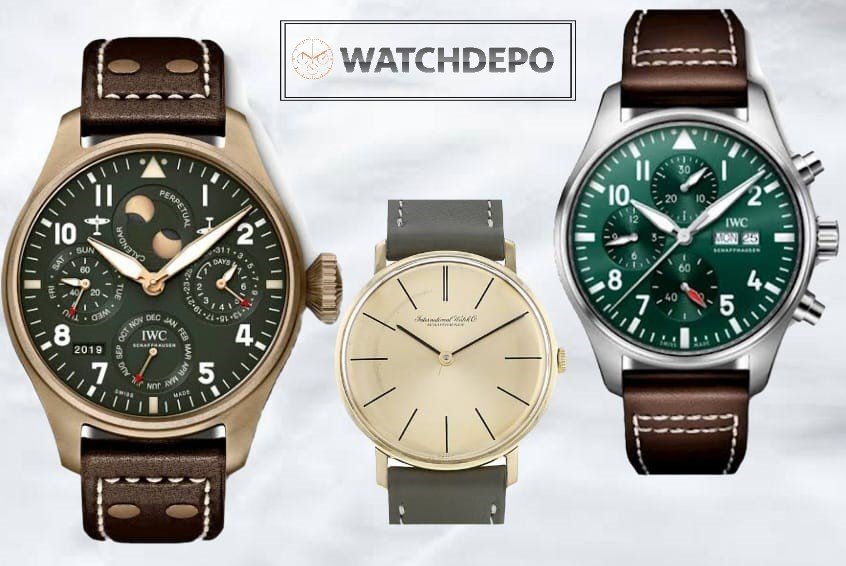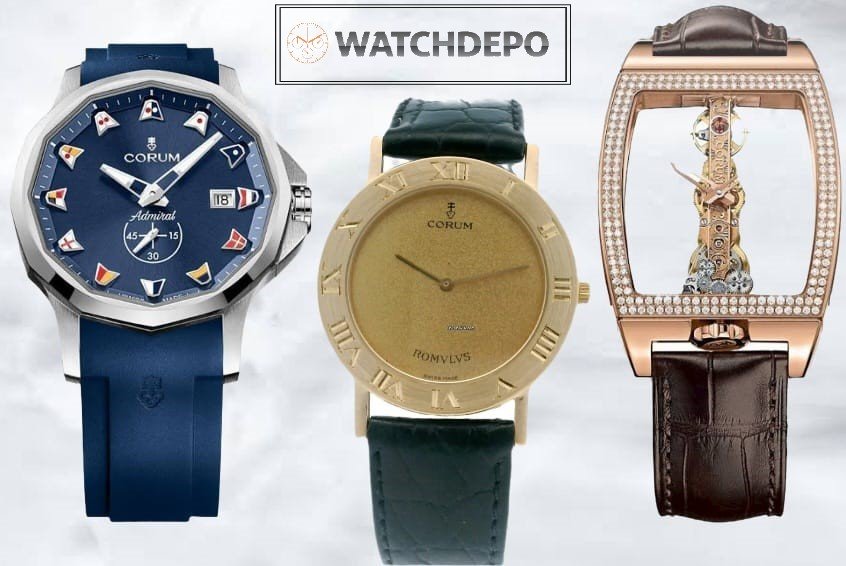Know About Breguet Watch History
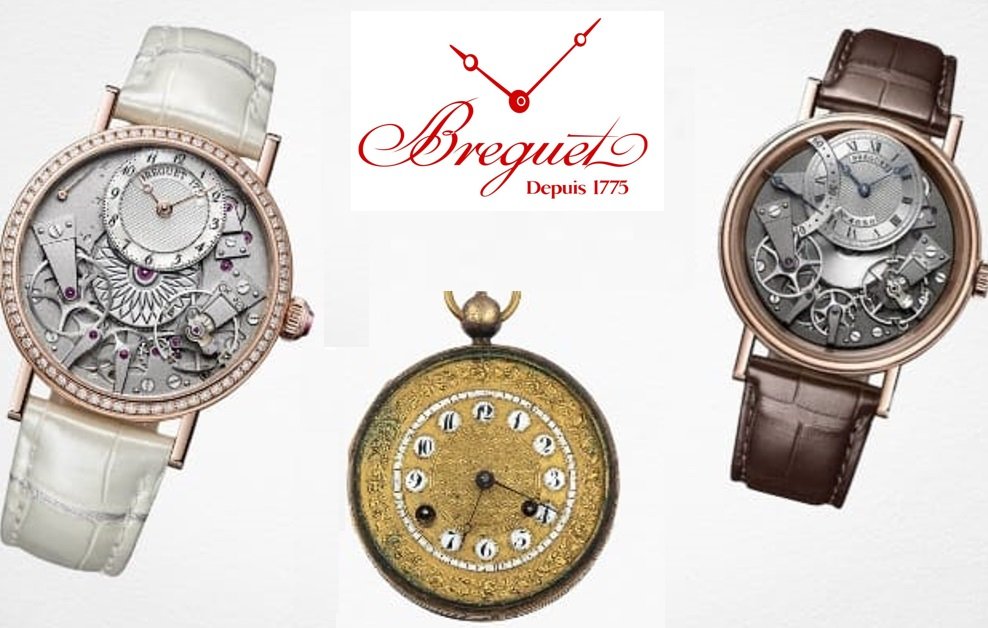
Breguet is one of the most iconic names in the world of horology, with a rich and influential history that has left a lasting legacy on watchmaking. Founded by Abraham-Louis Breguet in 1775, the Swiss watchmaker is renowned for its innovation, craftsmanship, and contributions to the development of precision timepieces.
Early Years and Innovations
Abraham-Louis Breguet was born in 1747 in Neuchâtel, Switzerland, and became one of the most influential figures in watchmaking during the late 18th and early 19th centuries. After training under several master watchmakers in Switzerland and France, Breguet opened his first workshop in Paris in 1775. Over the years, his watches became famous for their technical innovation, beauty, and precision, attracting royalty, aristocrats, and famous figures of the time.
Breguet’s most notable inventions include:
The Breguet Overcoil (Spiral): This development improved the accuracy of pocket watches by preventing irregularities in the timekeeping caused by the gravitational forces on the hairspring.
The Tourbillon: Breguet invented this mechanism around 1795 to counteract the effect of gravity on a watch’s accuracy. It is still considered one of the most difficult and sophisticated complications to make.
The Breguet Hands: These distinctive hands, with their blued steel shape and fine curve, are still a hallmark of the brand today.
The Self-Winding Mechanism: Breguet is also credited with creating an early form of the self-winding movement, predating the modern automatic watch by several decades.

Royal Patronage and Global Fame
Breguet’s reputation grew rapidly, and his watches became the choice of many royal families and influential figures. In 1782, he was appointed Watchmaker to the Queen of France, Marie Antoinette. The relationship with royalty only increased Breguet’s prestige and visibility, with numerous orders for his exceptional timepieces, some of which were one-of-a-kind, such as the famous Marie Antoinette Pocket Watch. This watch, now housed in the L.A. Mayer Museum for Islamic Art in Jerusalem, was commissioned in the late 18th century and was so advanced in its design that it took Breguet over 40 years to complete.
Breguet’s watches were also favored by figures such as Napoleon Bonaparte, who ordered several pieces, and Winston Churchill, among many others.
The Breguet Legacy
After Breguet’s death in 1823, the company continued under the leadership of his son, Louis-Abram Breguet, who expanded the brand’s presence. However, it faced challenges in maintaining its innovation and reputation. The 19th century saw the company change hands a few times, with ownership eventually passing to The Swatch Group in 1999, one of the largest conglomerates in the watch industry today.
Despite the changes in ownership, Breguet has remained committed to the legacy of Abraham-Louis Breguet, preserving his name and the pioneering spirit that made him a legend in the watchmaking world. The brand continues to produce high-end, luxurious timepieces, blending traditional craftsmanship with modern innovation.
Modern-Day Breguet
Today, Breguet is considered one of the most prestigious luxury watch brands in the world. It has maintained its commitment to quality and craftsmanship, offering collections that blend history with cutting-edge technology. Some of its most notable collections include:
Classique: A collection of traditional, elegant watches that remain true to Breguet’s design language, featuring blued hands, guilloché dials, and intricate complications.
Marine: A sporty collection inspired by Breguet’s maritime heritage, featuring robust timepieces with contemporary designs.
Heritage: A tribute to Breguet’s iconic history, this collection includes re-interpretations of the brand’s most celebrated designs.
Breguet also continues to innovate with movements such as the Breguet 5377 with an ultra-thin tourbillon and other cutting-edge complications.
Conclusion
Breguet’s history is not only a story of luxury and craftsmanship but also one of groundbreaking technical innovation that has had a profound influence on the entire watchmaking industry. The company’s legacy, led by the visionary genius of Abraham-Louis Breguet, remains firmly entrenched in both the artistry and sci

